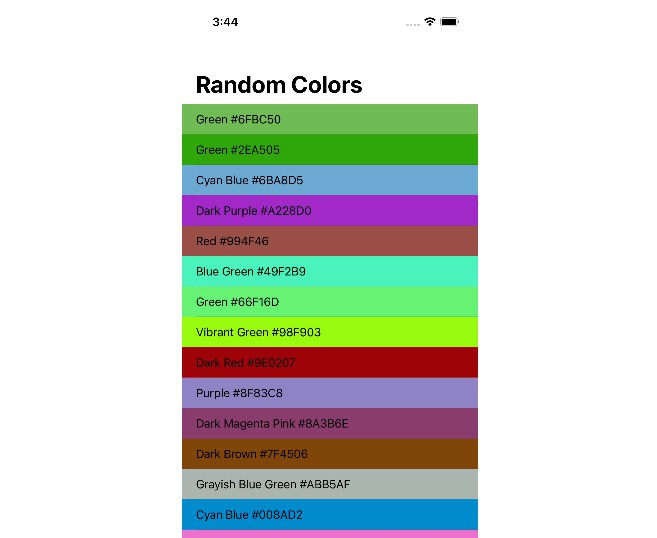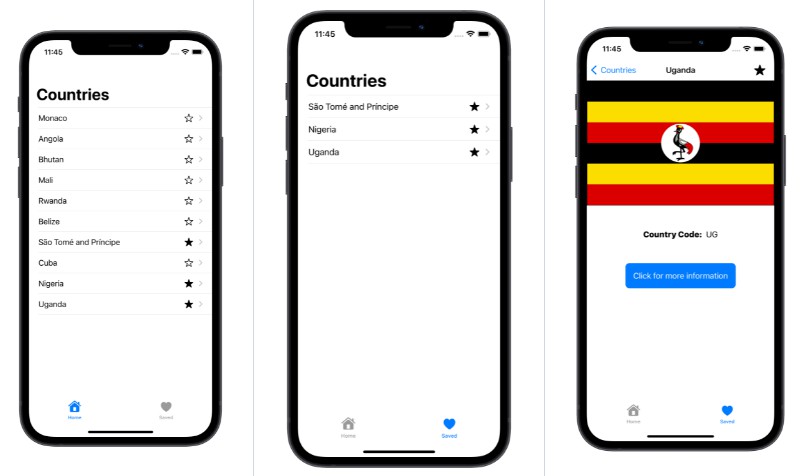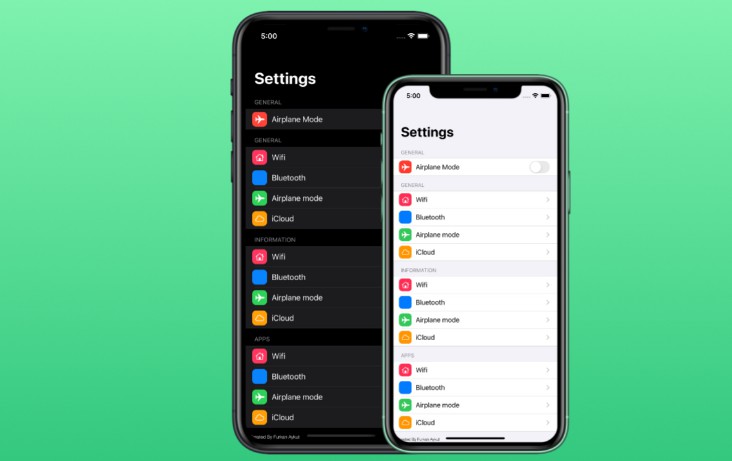GenericTableView
An example to use of generics with UITableViewController. With help of GenericListViewController.swift and BaseTableViewCell.swift, data can be populated without worrying about cell registration and TableView DataSource methods.
HOW TO USE
- Drag- Drop ‘GenericListViewController.swift’ and ‘BaseTableViewCell.swift’ file into your project folder.
- Create your data model say ModelRoot.
- Create a subclass of GenericListViewController say RootViewController.
- Create subclass of BaseTableViewCell say RootTableViewCell.
Your custom cell code will be as below
class RootTableViewCell: BaseTableViewCell<ModelRoot> {
fileprivate let padding_constant: CGFloat = 10.0
//Just to customize table cell and to explain use of custom cell
var labelName: UILabel!
override var item: ModelRoot! {
didSet {
self.labelName.text = item.name
}
}
}
Your ViewController will be as below
class RootViewController: GenericListViewController<RootTableViewCell, ModelRoot> {
.......
}
Inside your view controler file’s viewdidLoad, supply data
class RootViewController: GenericListViewController<RootTableViewCell, ModelRoot> {
let dummyNames = [ModelRoot(name: "James"), ModelRoot(name: "Bianca"), ModelRoot(name: "Robert"), ModelRoot(name: "Peter"), ModelRoot(name: "Gagan"), ModelRoot(name: "Siree"), ModelRoot(name: "Sarah"), ModelRoot(name: "Pure"), ModelRoot(name: "Annu"), ModelRoot(name: "Const")]
//MARK:- View Controller life cyle
override func viewDidLoad() {
super.viewDidLoad()
//title
self.title = "Generic Table"
items = dummyNames
}
ModelRoot
struct ModelRoot {
let name: String
}



